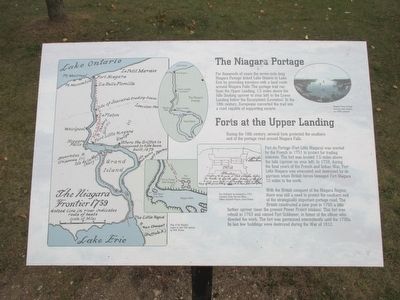Welcome to the Rock Island Caboose, a fascinating historical site that offers a glimpse into the rich tapestry of America’s railroad heritage. While the specific details of the Rock Island Caboose’s establishment are not documented, it is a part of the larger history of the Chicago, Rock Island, and Pacific Railroad, which played a pivotal role in the development of the Midwest.
The Rock Island Railroad, established in the mid-19th century, was instrumental in connecting the eastern United States with the burgeoning frontier of the West. One of the most significant events associated with this railroad is the 1856 completion of the first bridge across the Mississippi River, linking Rock Island, Illinois, with Davenport, Iowa. This engineering marvel not only facilitated commerce but also symbolized the growing infrastructure that would eventually span the continent.
The area around Rock Island is steeped in history, notably marked by the infamous Jesse James train robbery in 1873 near Adair, Iowa. This was the first recorded robbery of a moving train, highlighting both the allure and the dangers of rail travel during that era.
Notable figures such as Abraham Lincoln and Jefferson Davis were indirectly connected to the Rock Island Railroad. Lincoln, as an attorney, represented the railroad in important legal battles, while Davis, during his time as Secretary of War, was involved in the debates over the transcontinental railroad routes.
As you explore the Rock Island Caboose, imagine the hustle and bustle of a time when trains were the lifeline of America’s economy, transporting goods and people across vast distances. The caboose itself, once the office and living quarters of the train’s crew, holds stories of countless journeys and adventures.
Over the years, the Rock Island line has evolved, with its tracks witnessing the transition from steam to diesel engines, and its routes adapting to the changing needs of the nation. Today, the Rock Island Caboose stands as a testament to the enduring legacy of America’s railroads and their role in shaping the country’s history.



